Zero-waste circular farm model in Hoang Dao commune (Hoang Hoa).
In Minh Son commune (Trieu Son), Nguyen Van Hung's farm of more than 5 hectares is not only a place for agricultural production, but also a model of harmony between humans and nature. Every step in the production process is optimized, from maximizing the use of agricultural by-products to waste treatment, all of which contribute to environmental protection and increasing product value. Hung shared: "In the past, agricultural by-products were often thrown away or burned, but now I have learned to make use of everything. Straw is now a biological bedding for livestock, and manure from poultry and cattle is treated and returned to be used as fertilizer for crops. The farm has almost no organic waste, helping to reduce costs and make crops healthier." In particular, the application of biogas technology has helped him treat livestock waste, creating clean energy for daily life and production, thereby minimizing negative impacts on the environment.
Hoang Hoa district also has many models of combined crop and livestock farming, where farmers not only get rich but also restore harmony with nature. Here, many farms have built closed ecosystems, in which crops and livestock are intelligently planned to support each other, optimizing all resources. Outstanding among them is the farm of Ms. Le Thi Mai, Hoang Dao commune with an area of 3.5 hectares, where all production processes operate in a circular manner. Instead of depending on external raw materials, Ms. Mai directly grows animal feed right on the farm premises, and at the same time processes all waste to reuse as fertilizer, creating a closed chain from field to meal.
Ms. Mai shared: “Previously, the cost of fertilizer and animal feed always accounted for more than half of the total production cost, and there was always a concern about high input prices. Since switching to a circular model, I have saved nearly 40% of the cost. But what I appreciate most is that the surrounding environment has improved significantly, and the product quality is also cleaner and safer. Customers trust and return more and more."
According to statistics from the Thanh Hoa Provincial Gardening and Farming Association, by the end of the first quarter of 2025, the whole province had more than 1,200 farms applying the circular model, an increase of 25% compared to 2023. The area of zero-waste farming reached more than 6,500 hectares, with organic agricultural output reaching over 15,000 tons/year. These models not only improve economic efficiency but also help reduce greenhouse gas emissions by an estimated 30%, while significantly improving the quality of local soil and water resources.
Mr. Le Ngoc Thong, Vice President of Thanh Hoa Province Gardening and Farming Association, commented: “Circular farm models have proven their superiority in both economy and environment. More importantly, this is a direction in line with Thanh Hoa Province’s sustainable agricultural development orientation. We are working with relevant agencies to replicate these models, striving for at least 70% of farms in the province to apply the zero-waste circular model by 2030."
Not only expanding the area, Thanh Hoa province also promotes technical training, financial support and market connection for farmers. In 2024, units in the province organized 15 training courses with the participation of more than 750 farmers, and at the same time disbursed more than 20 billion VND to support the construction of waste treatment infrastructure on farms. Waste-free circular farm models are opening up a new and promising direction, not only helping farmers reduce cost pressure and increase income, this model also contributes to environmental protection, building a green - clean - sustainable agricultural ecosystem.
Article and photos: Chi Pham
Source: https://baothanhhoa.vn/trang-trai-tuan-hoan-khong-rac-thai-245800.htm


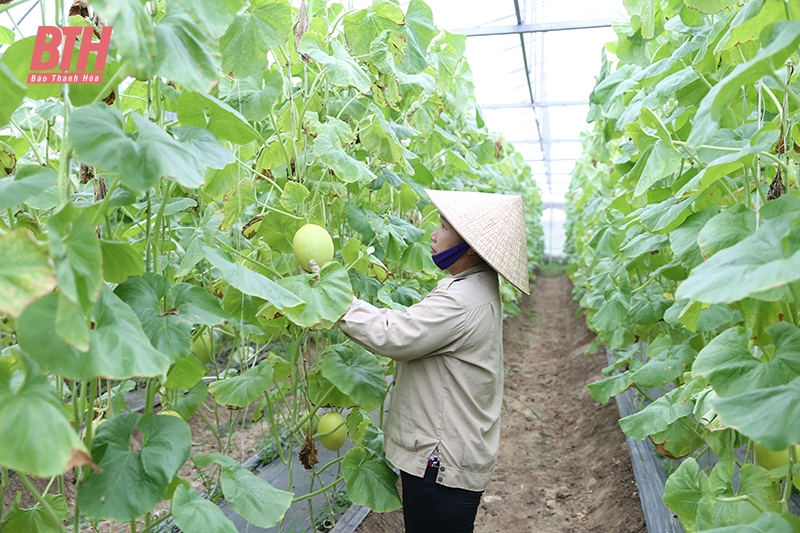
![[Photo] General Secretary To Lam receives Philippine Ambassador Meynardo Los Banos Montealegre](https://vstatic.vietnam.vn/vietnam/resource/IMAGE/2025/4/24/6b6762efa7ce44f0b61126a695adf05d)
![[Photo] President Luong Cuong meets with Lao National Assembly Chairman Xaysomphone Phomvihane](https://vstatic.vietnam.vn/vietnam/resource/IMAGE/2025/4/25/dd9d8c5c3a1640adbc4022e2652c3401)
![[Photo] President Luong Cuong holds talks with Lao General Secretary and President Thongloun Sisoulith](https://vstatic.vietnam.vn/vietnam/resource/IMAGE/2025/4/24/98d46f3dbee14bb6bd15dbe2ad5a7338)
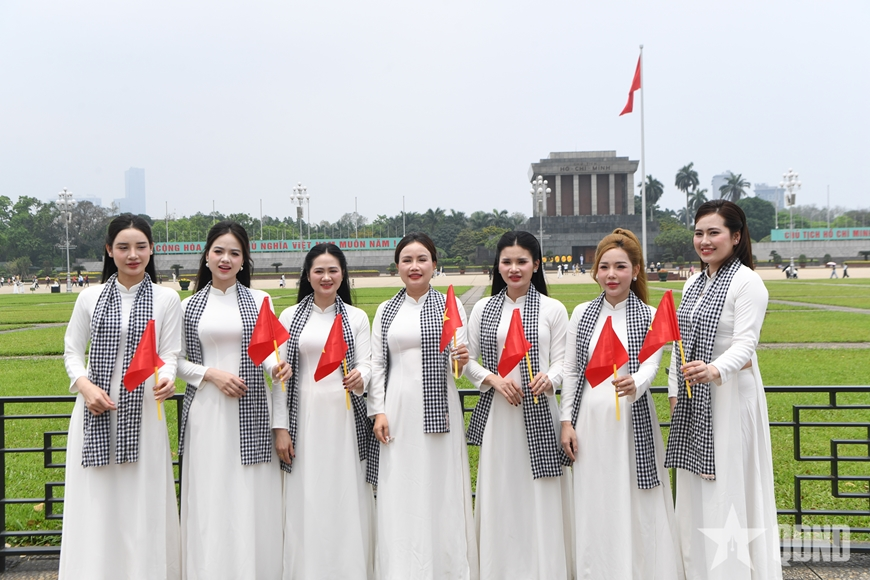
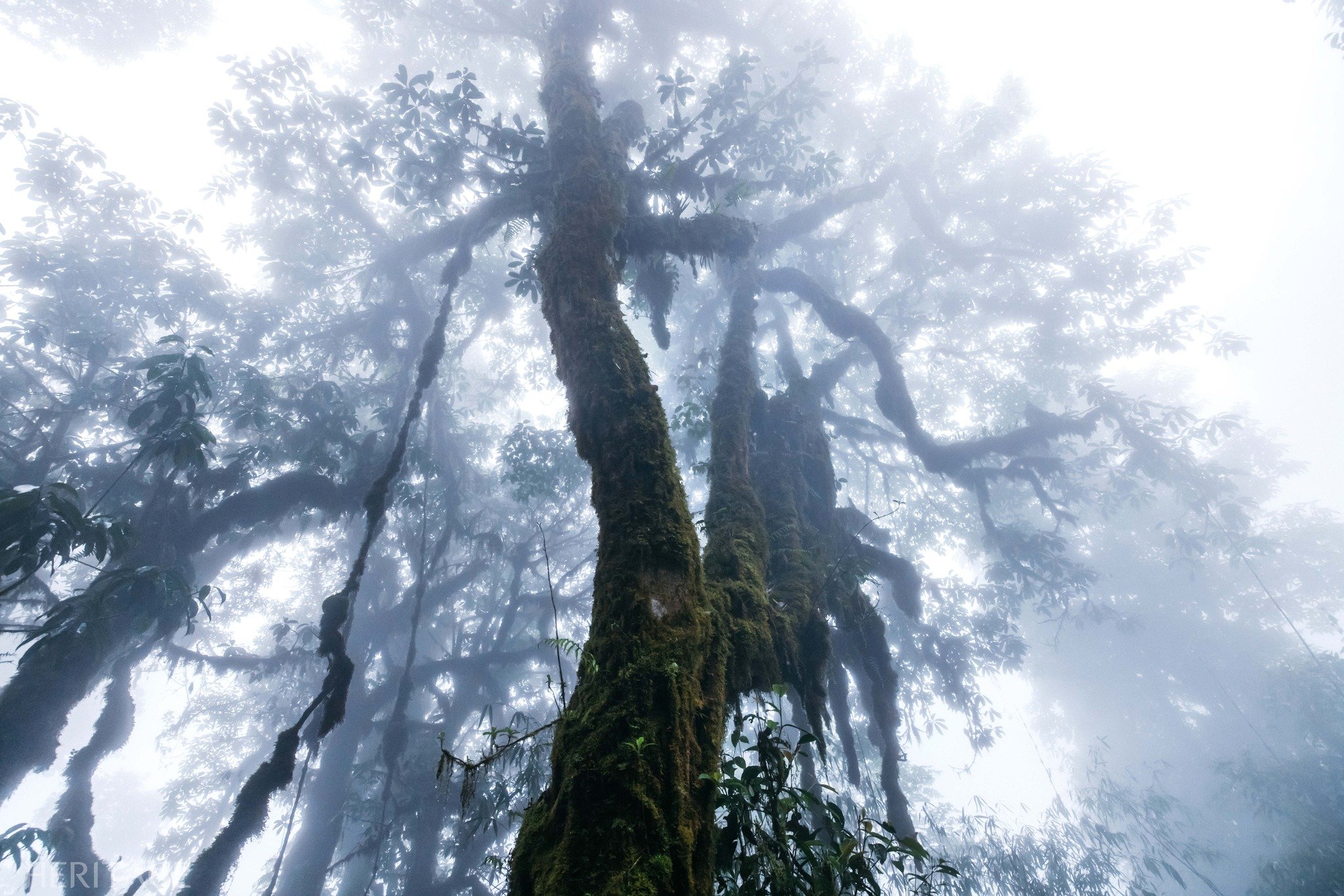
![[Photo] Liberation of Truong Sa archipelago - A strategic feat in liberating the South and unifying the country](https://vstatic.vietnam.vn/vietnam/resource/IMAGE/2025/4/25/d5d3f0607a6a4156807161f0f7f92362)


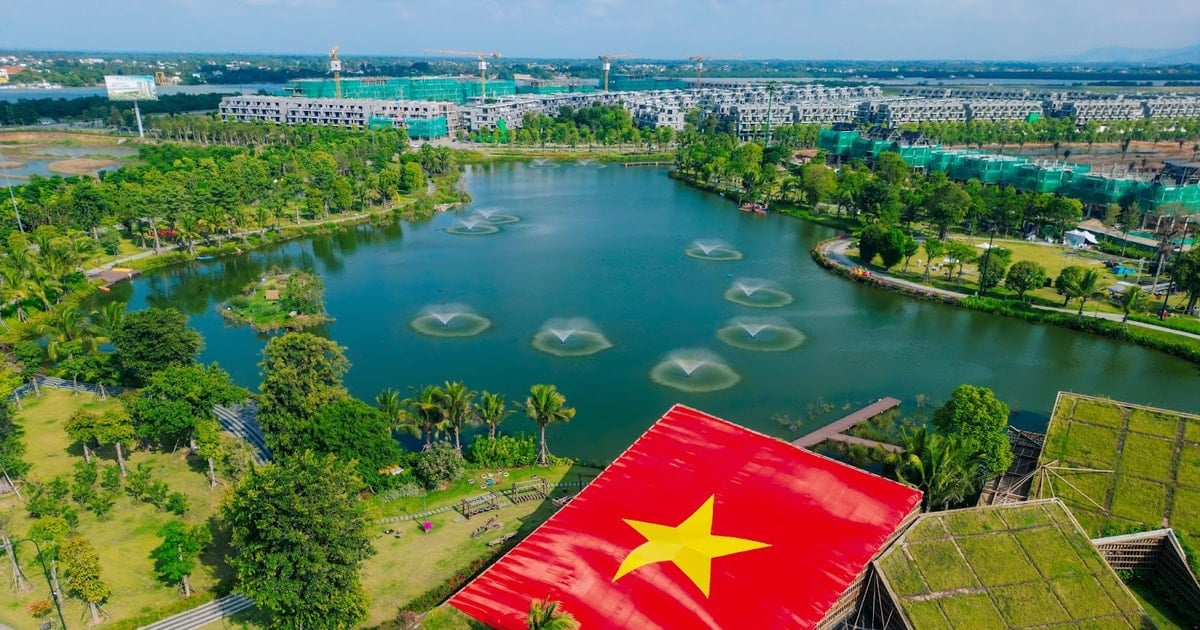
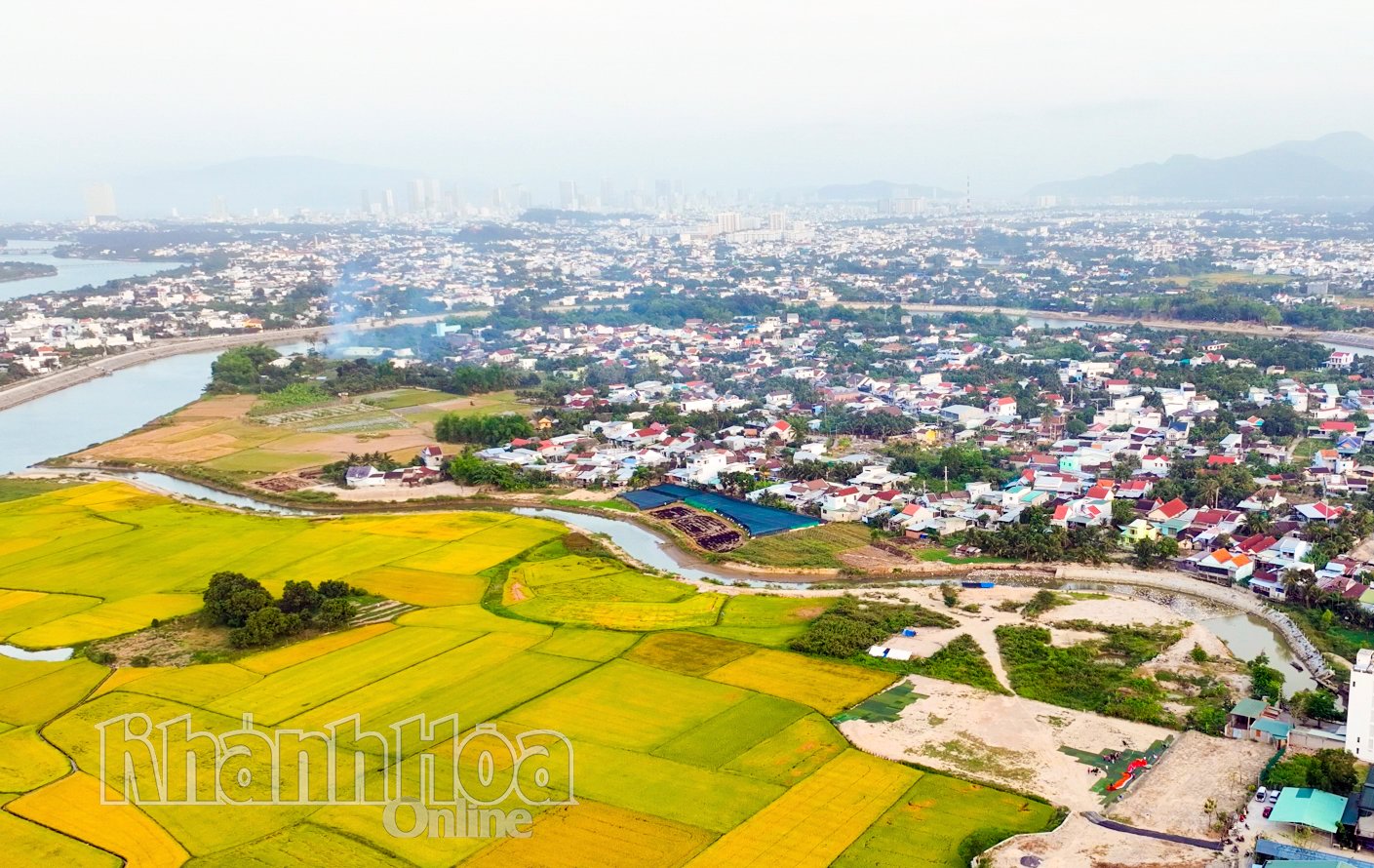
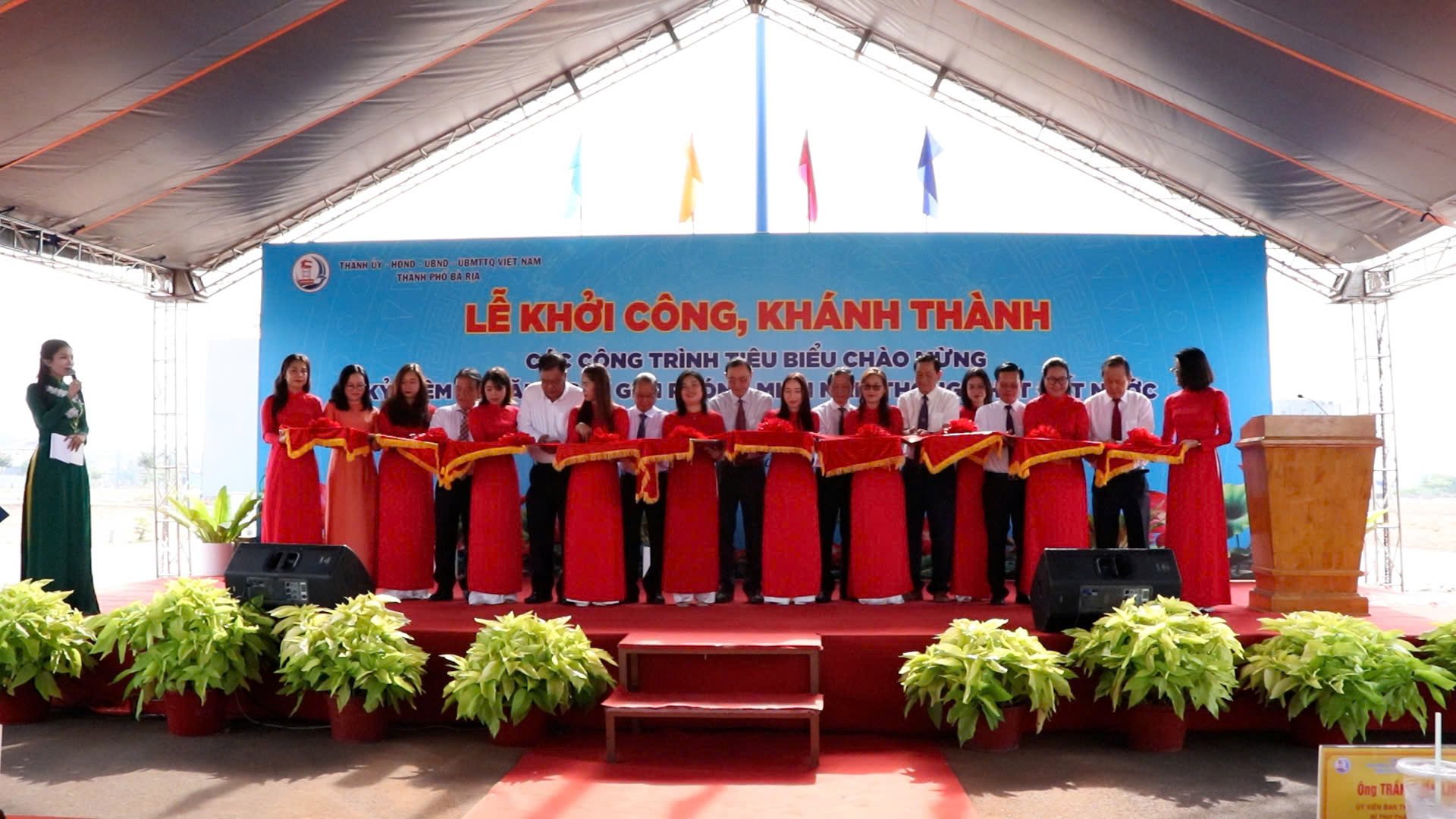
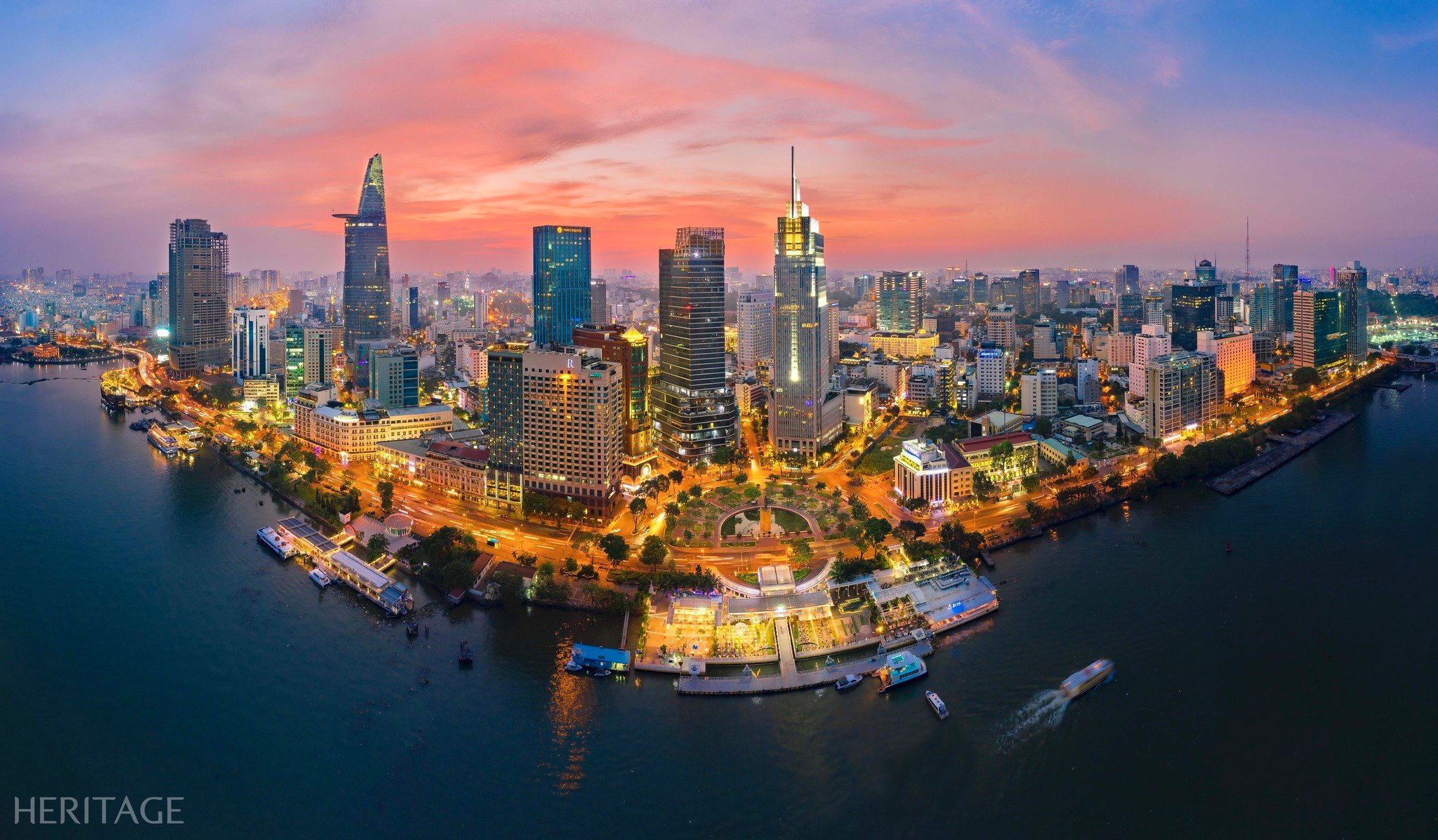
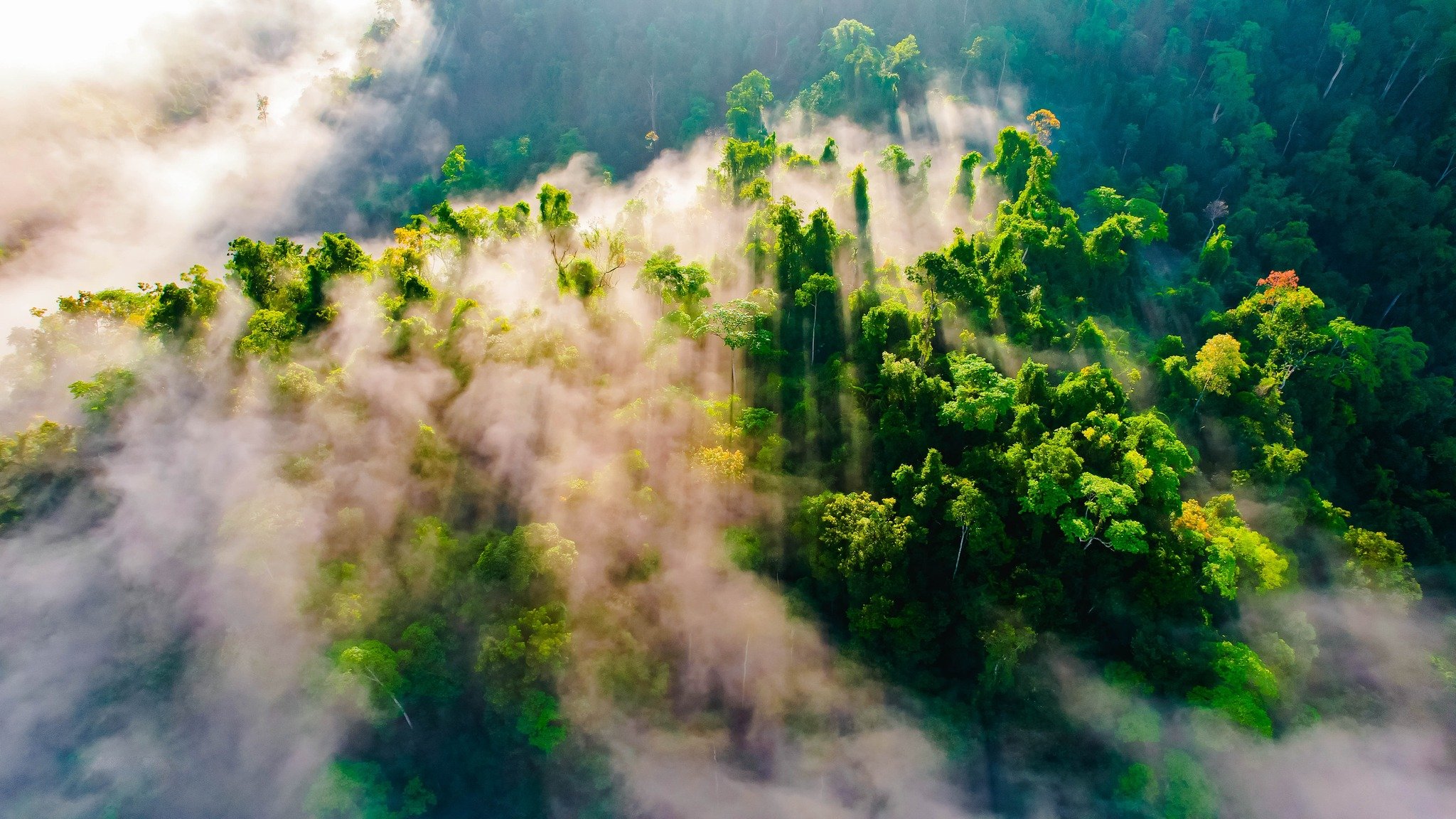
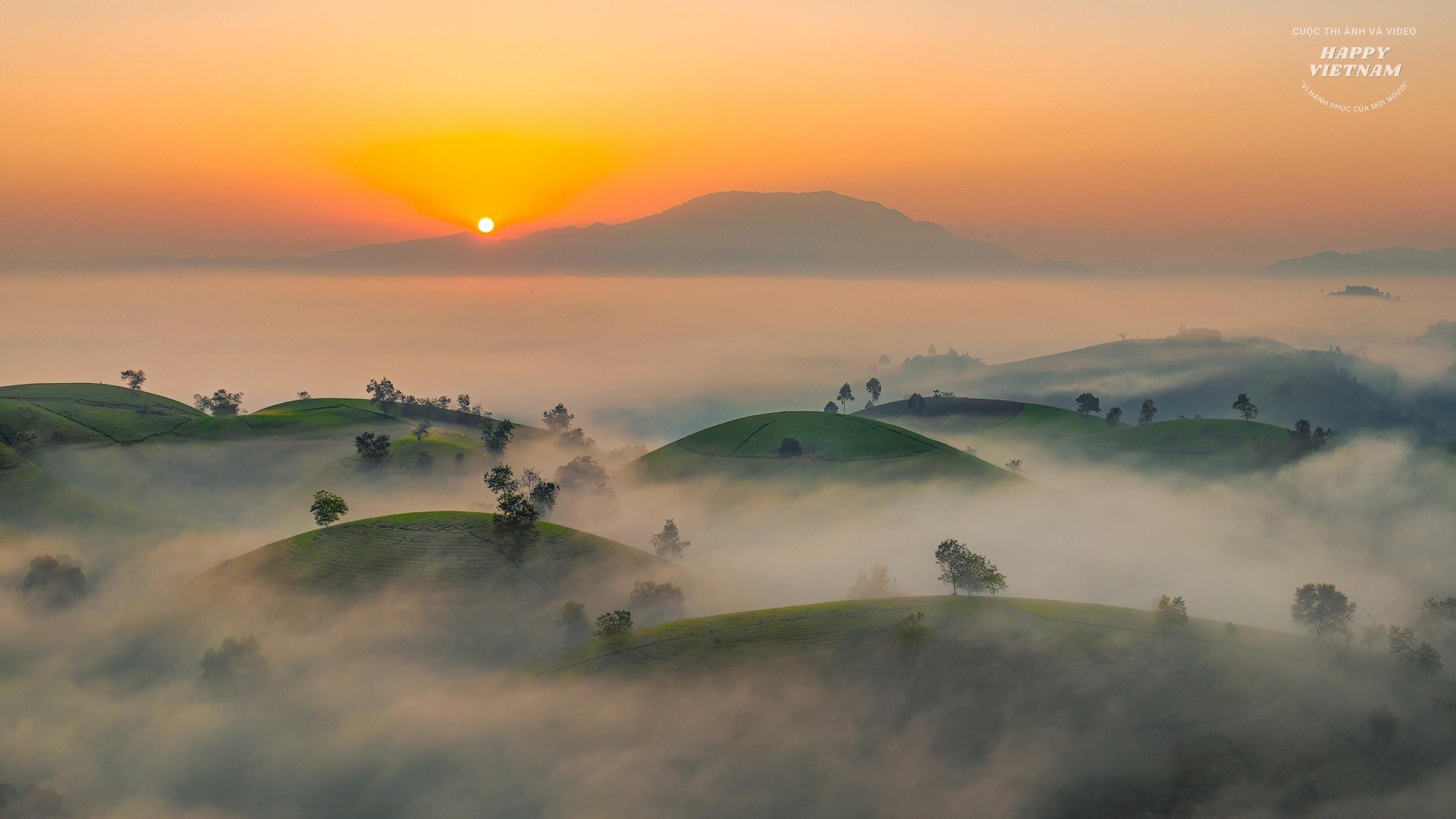
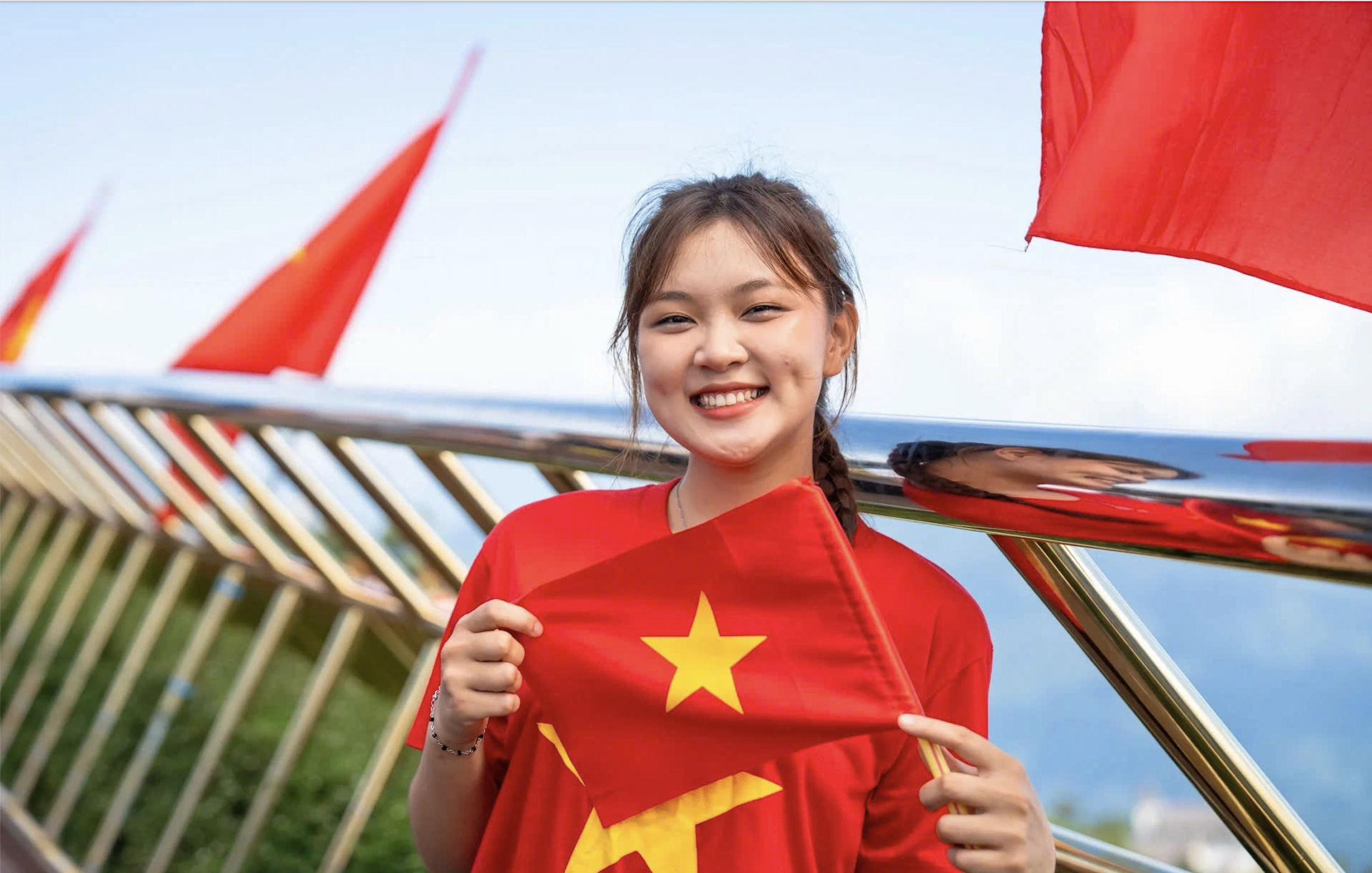
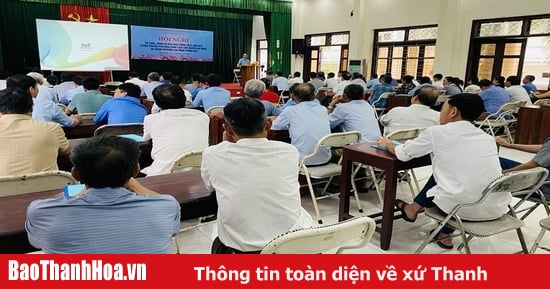

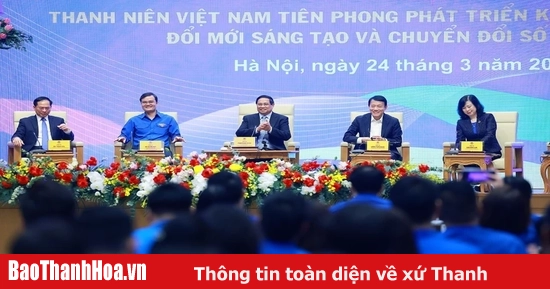
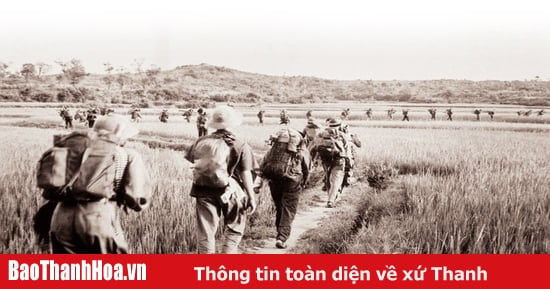

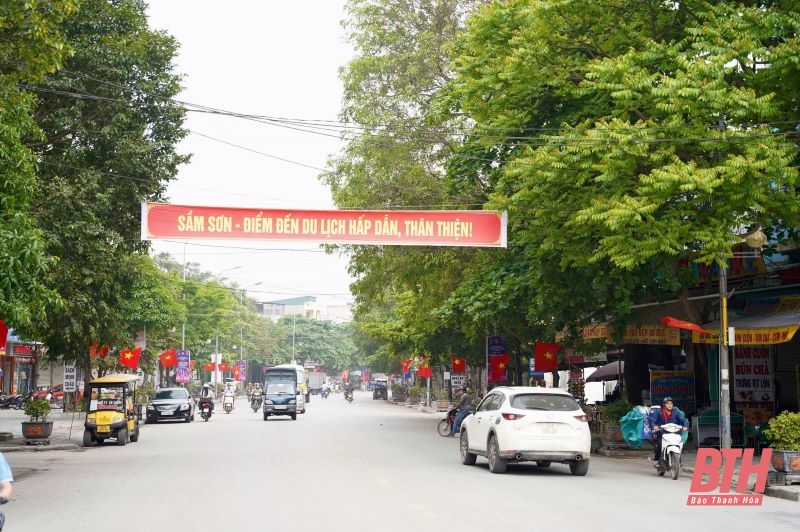
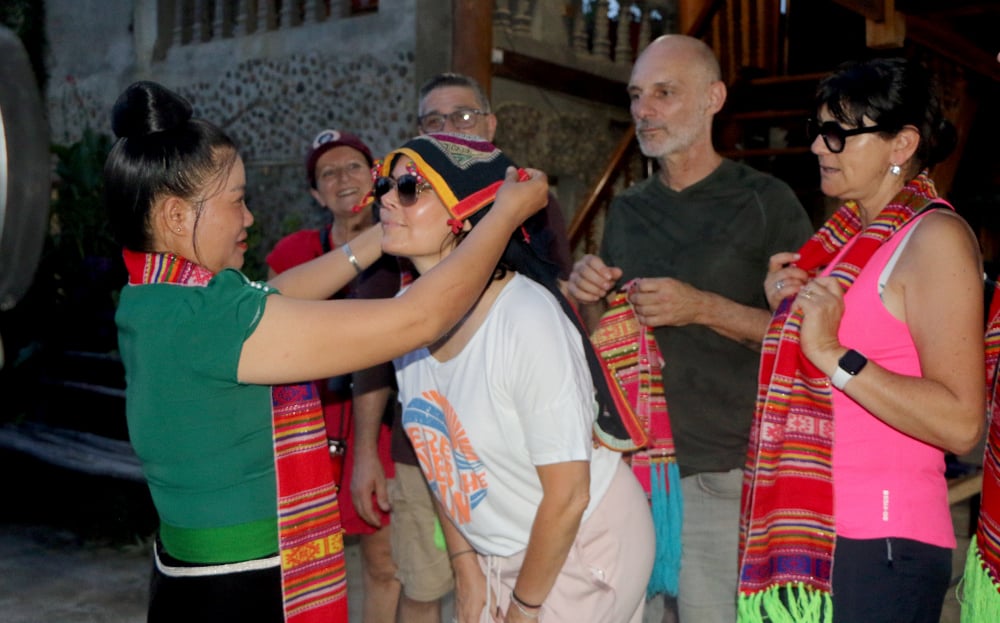
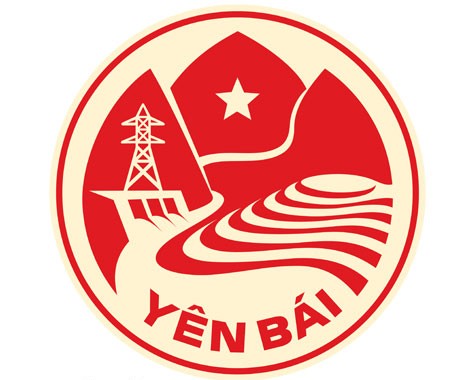
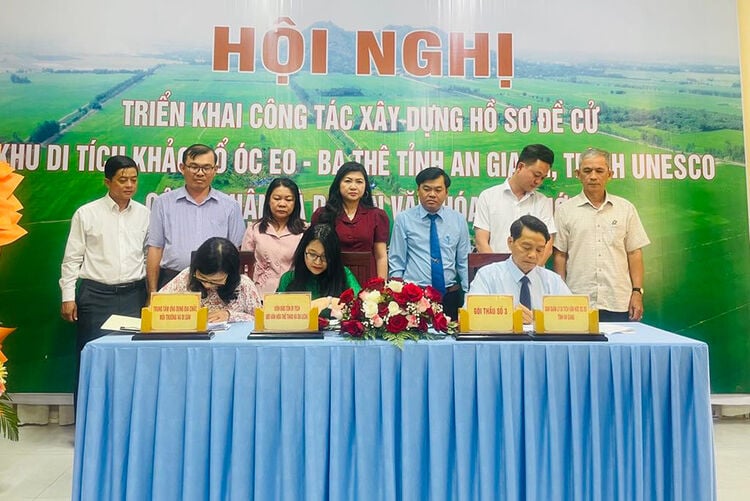
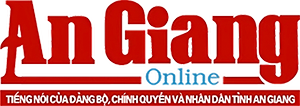
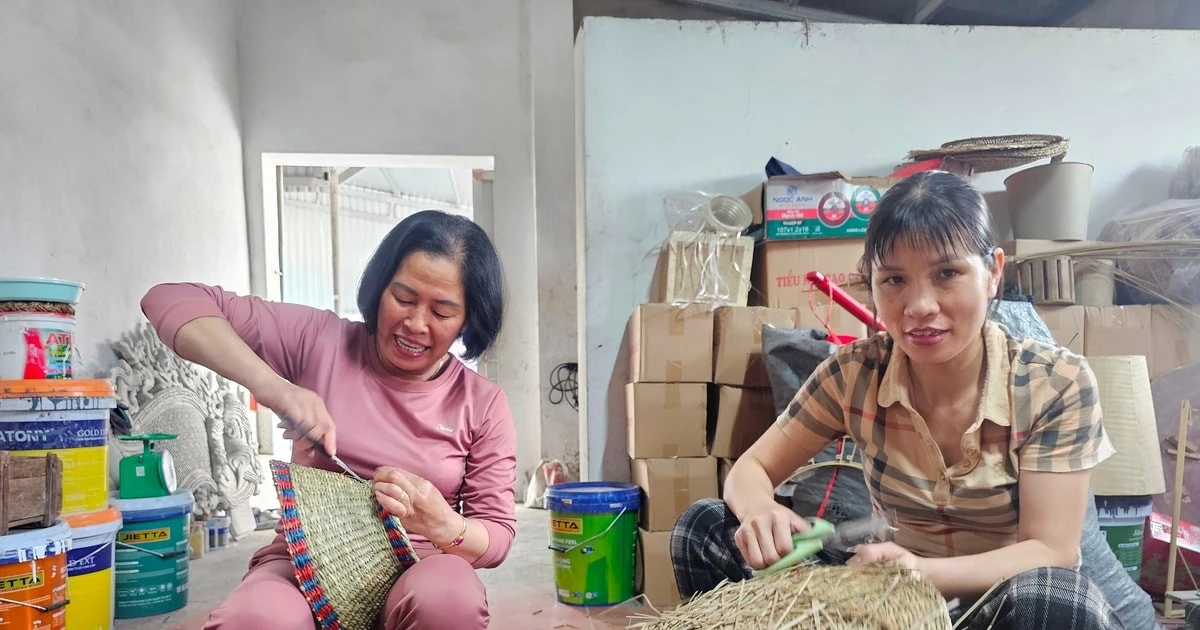

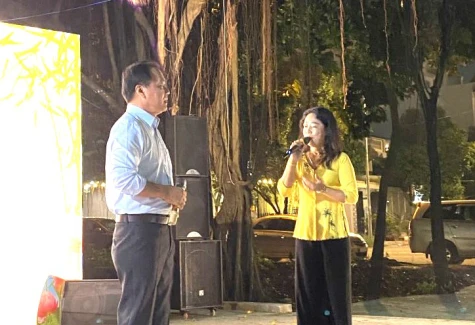







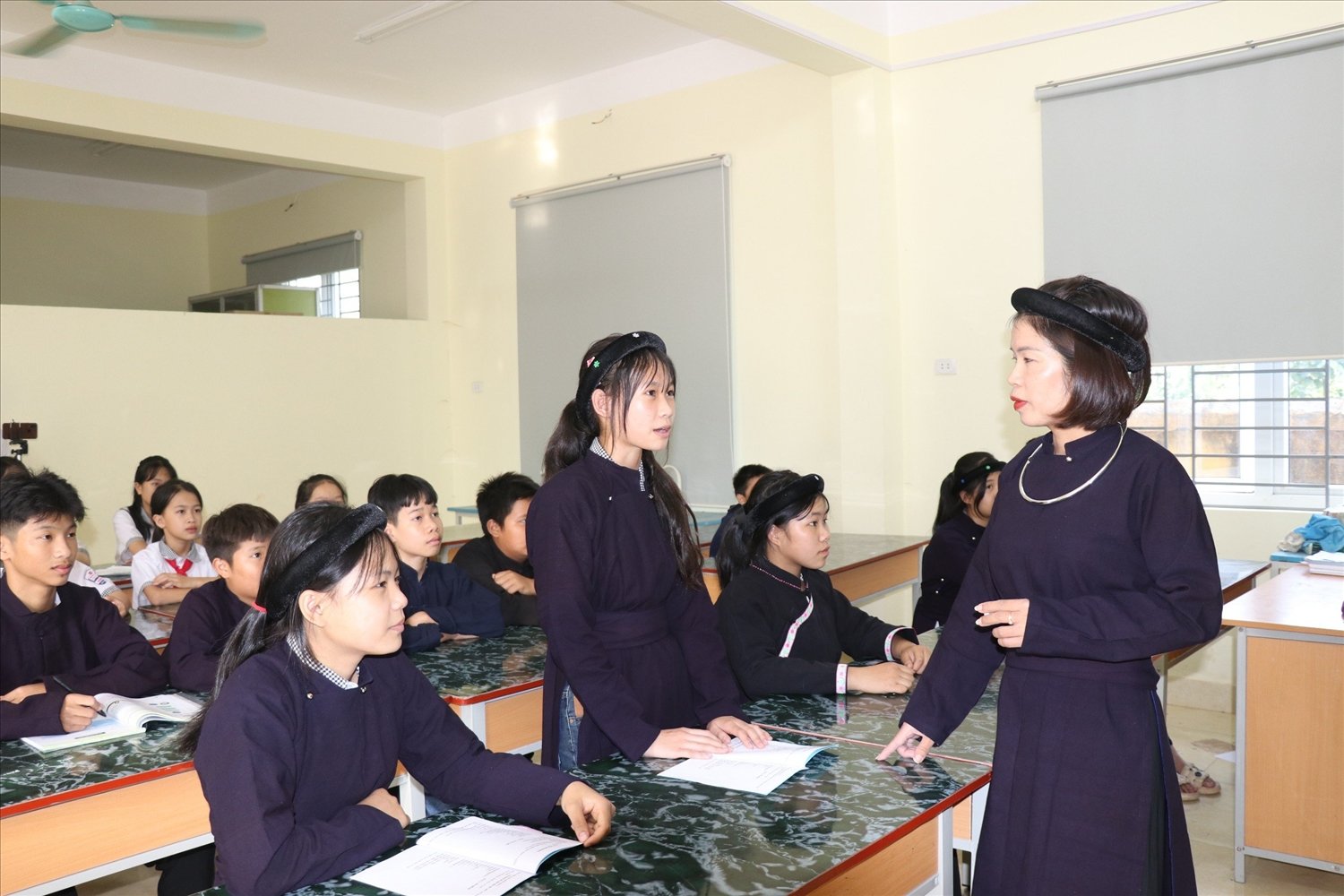
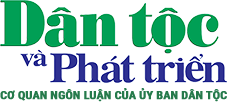
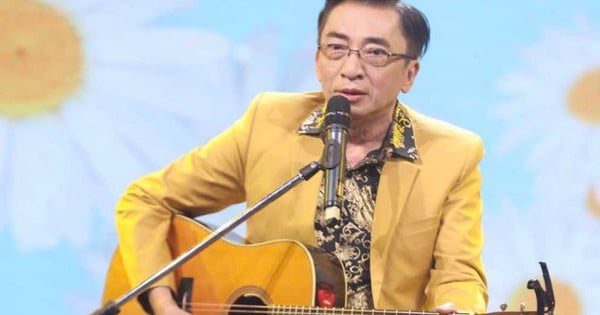

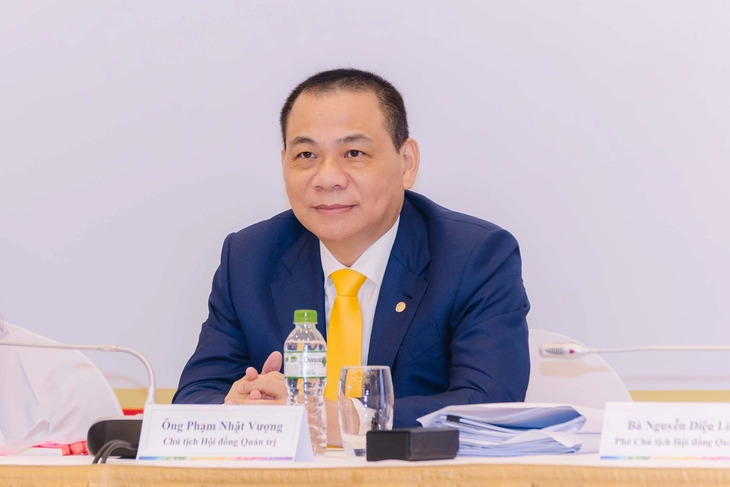

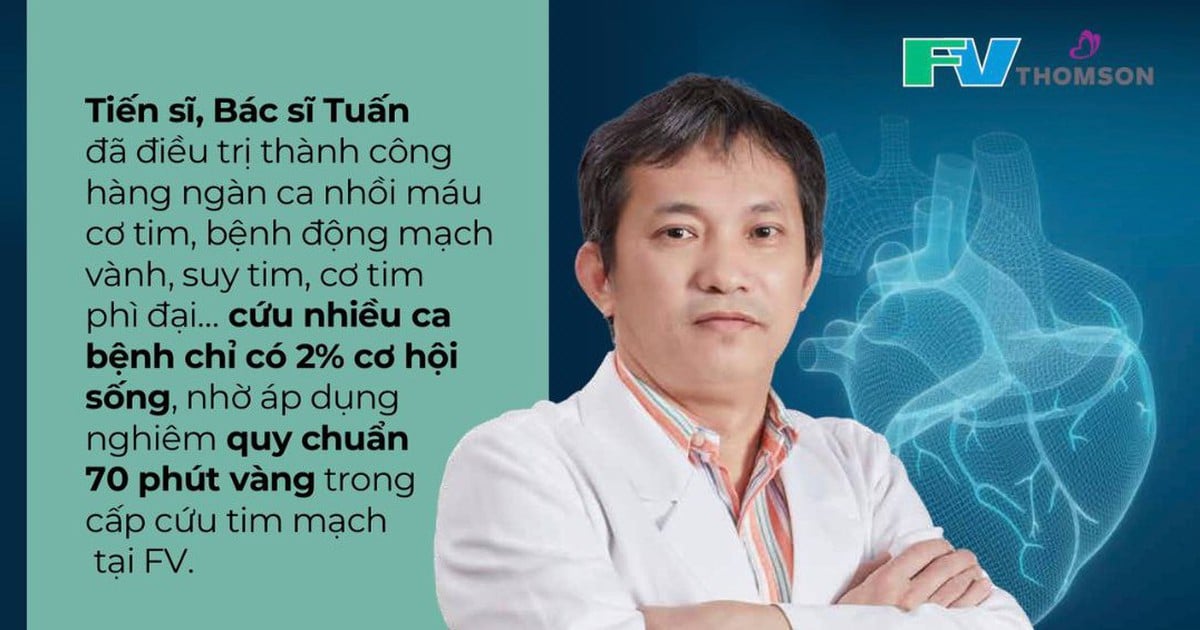

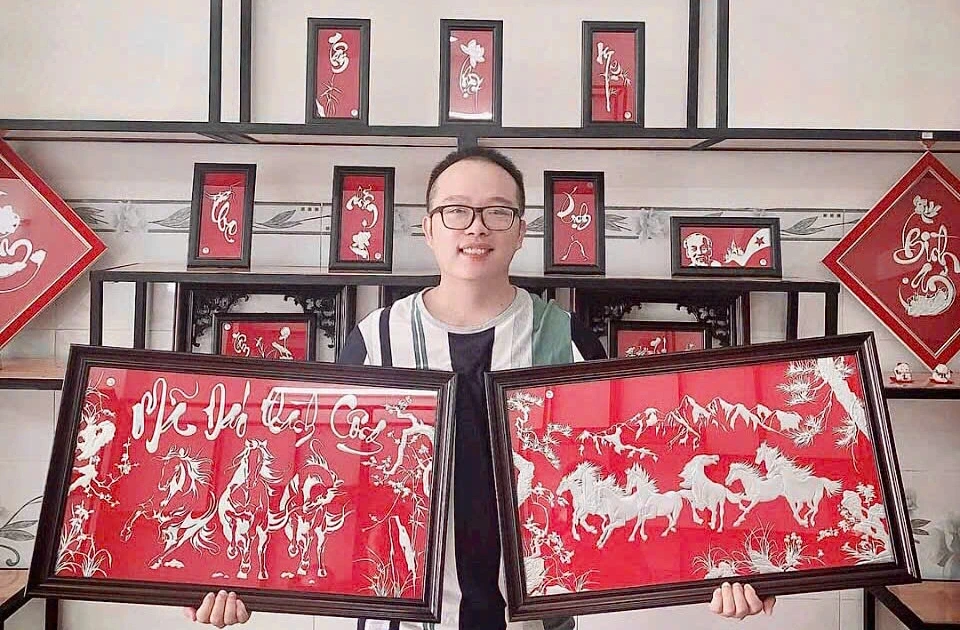





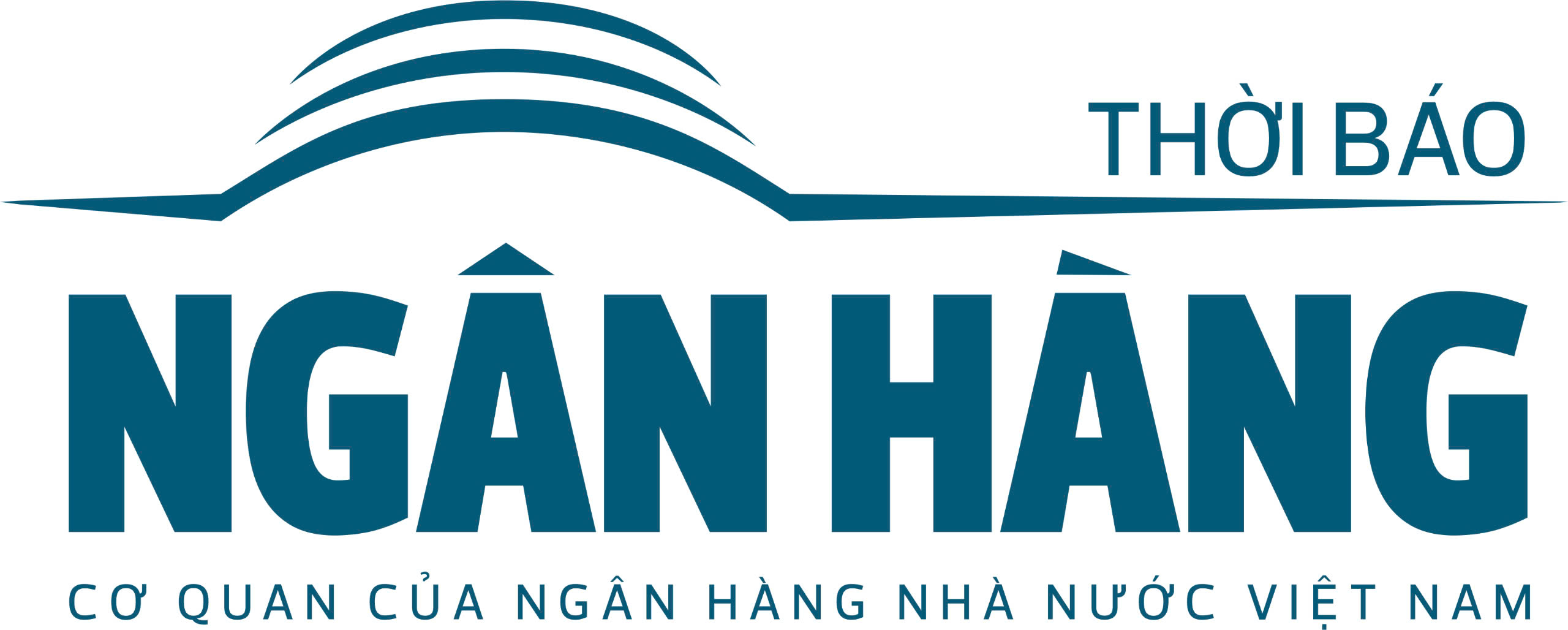
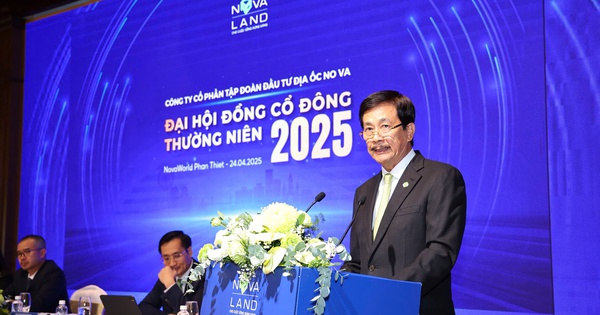
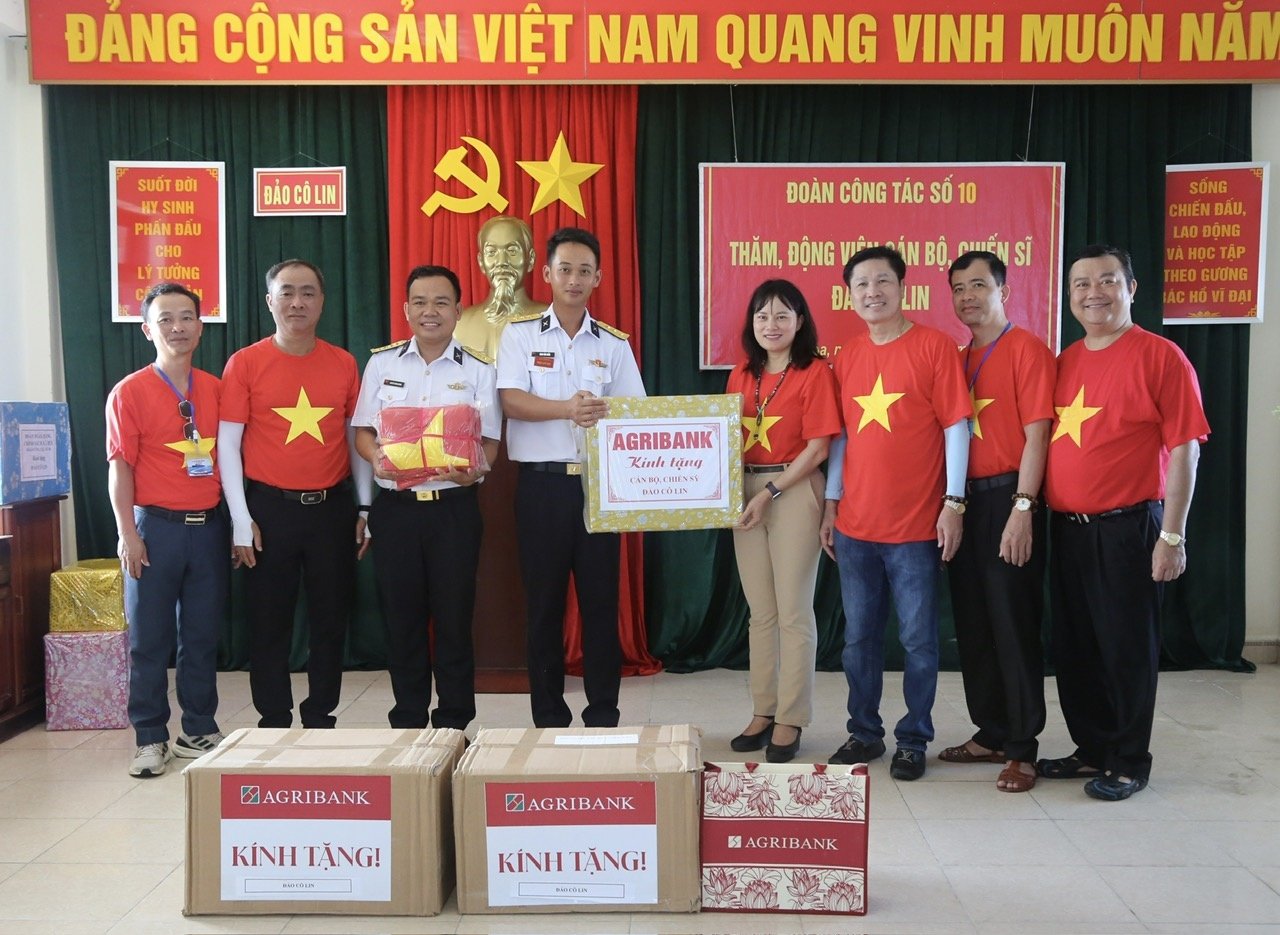
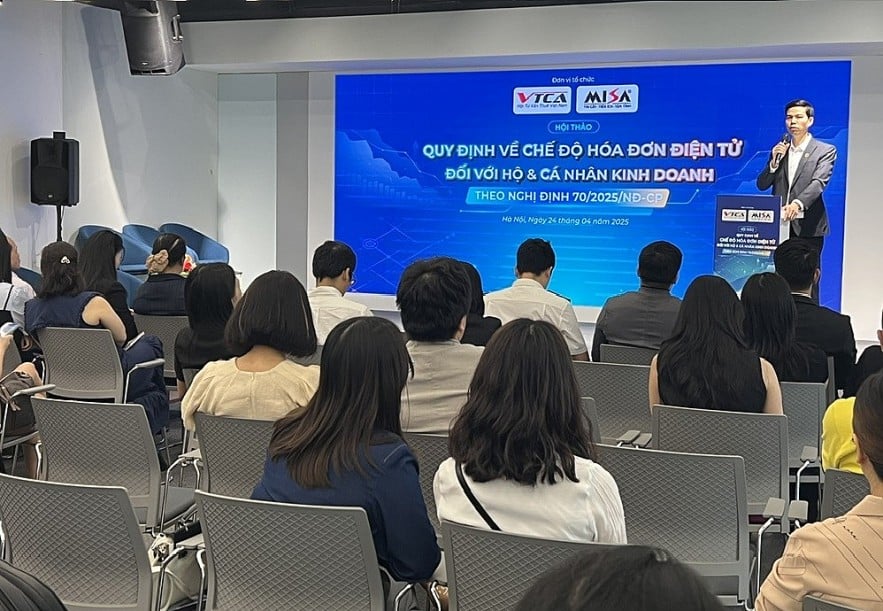

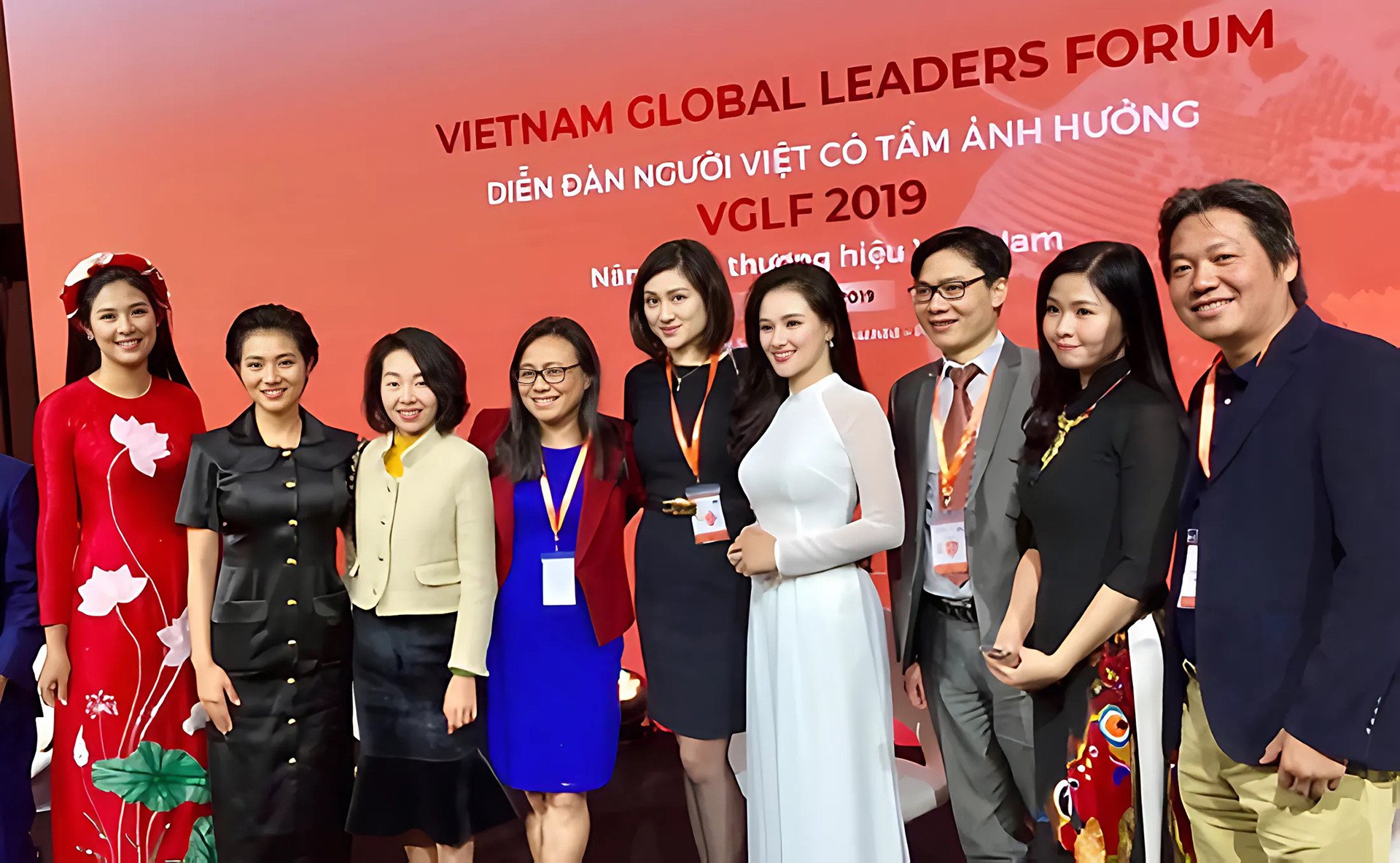

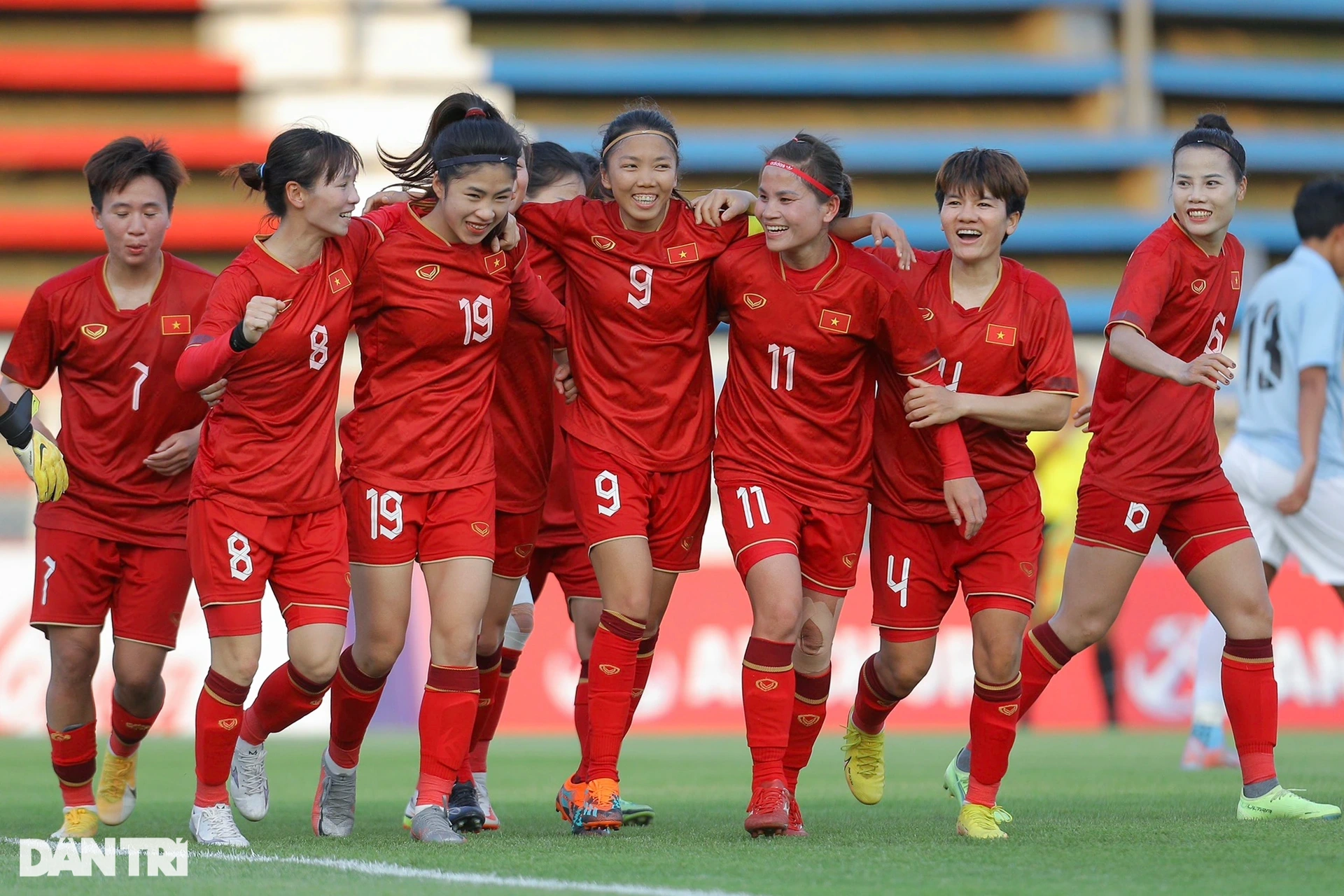


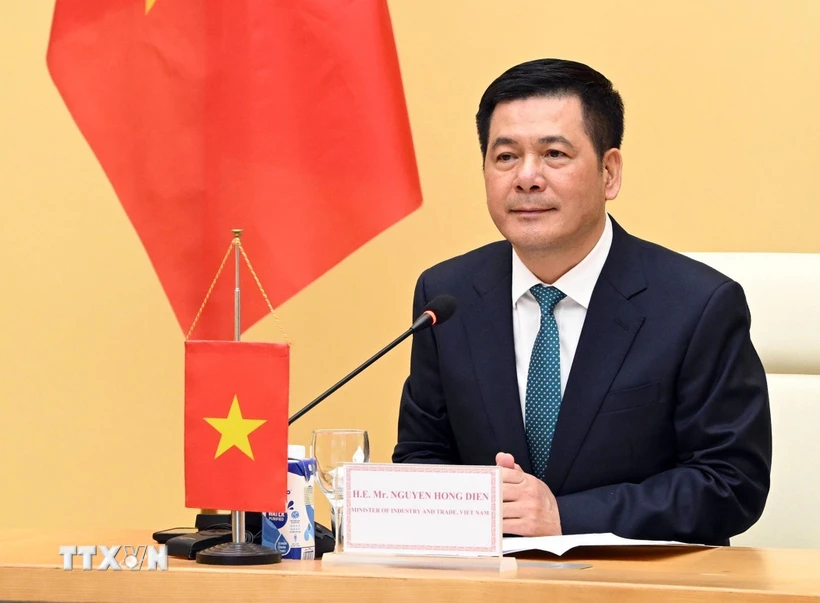
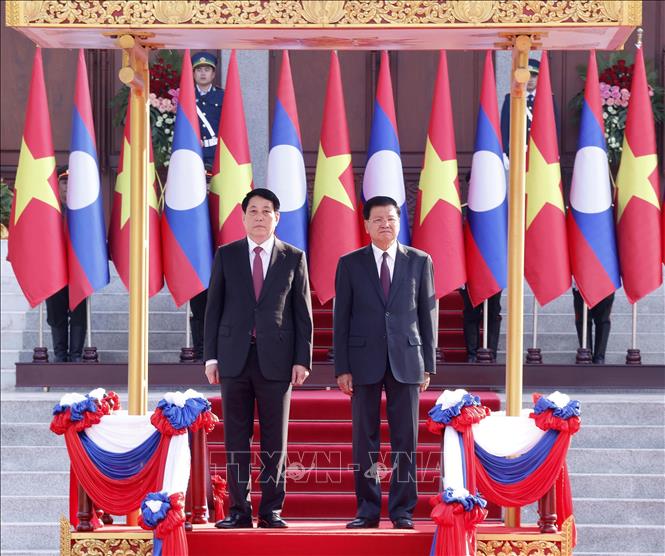

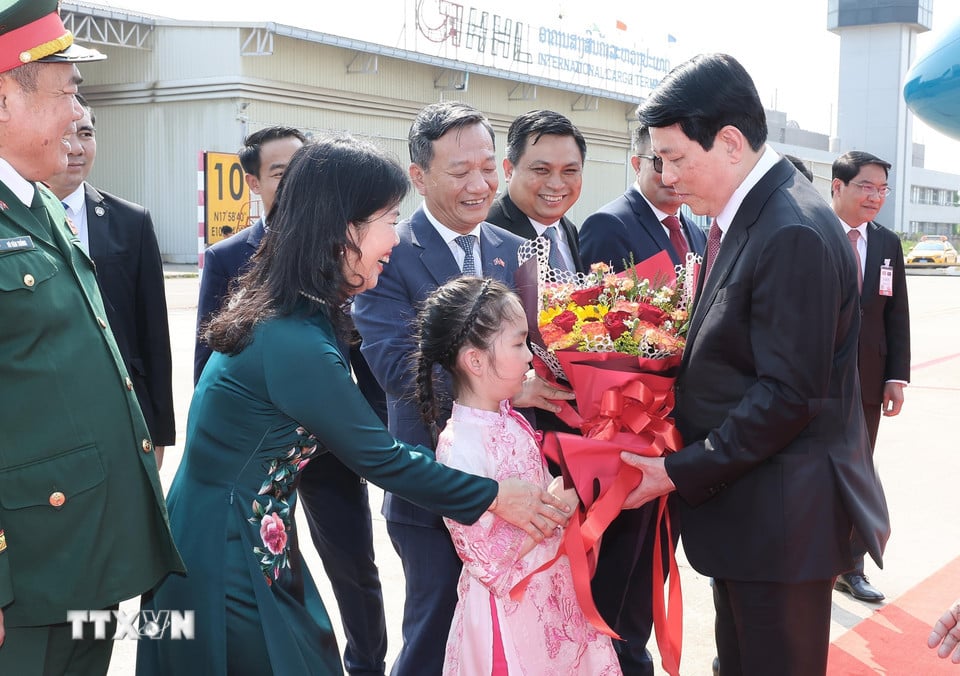
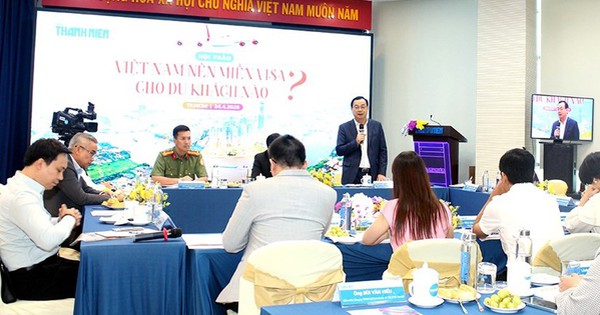

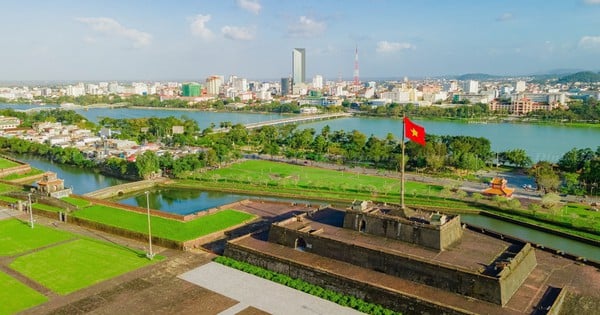
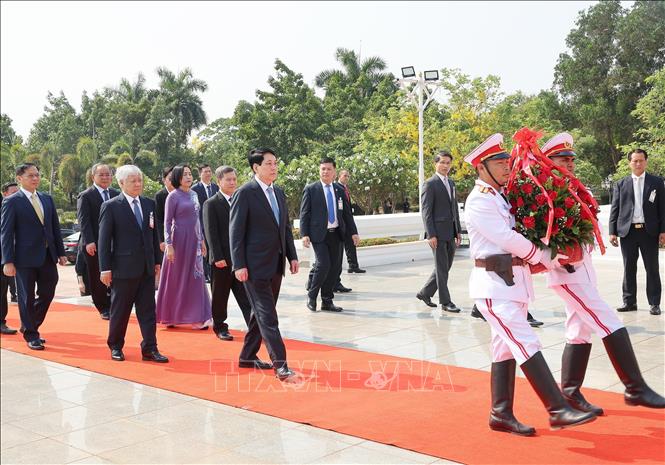

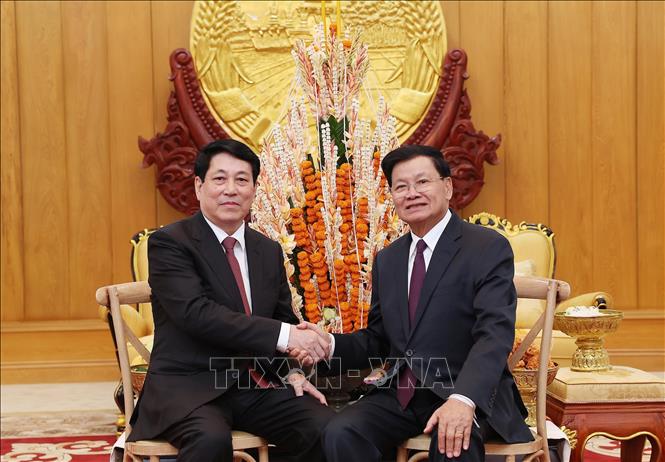

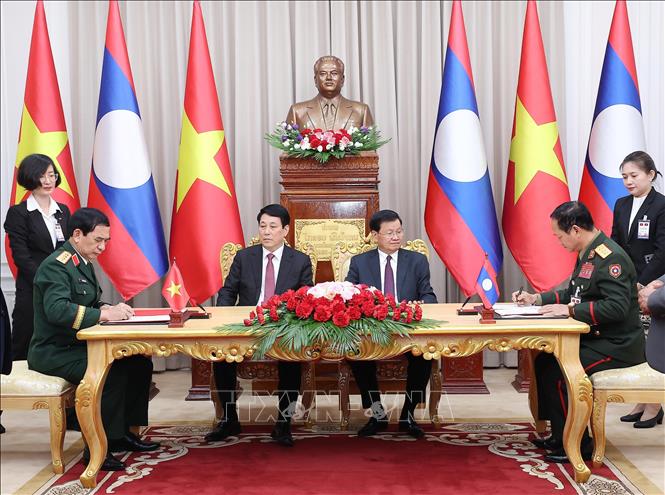
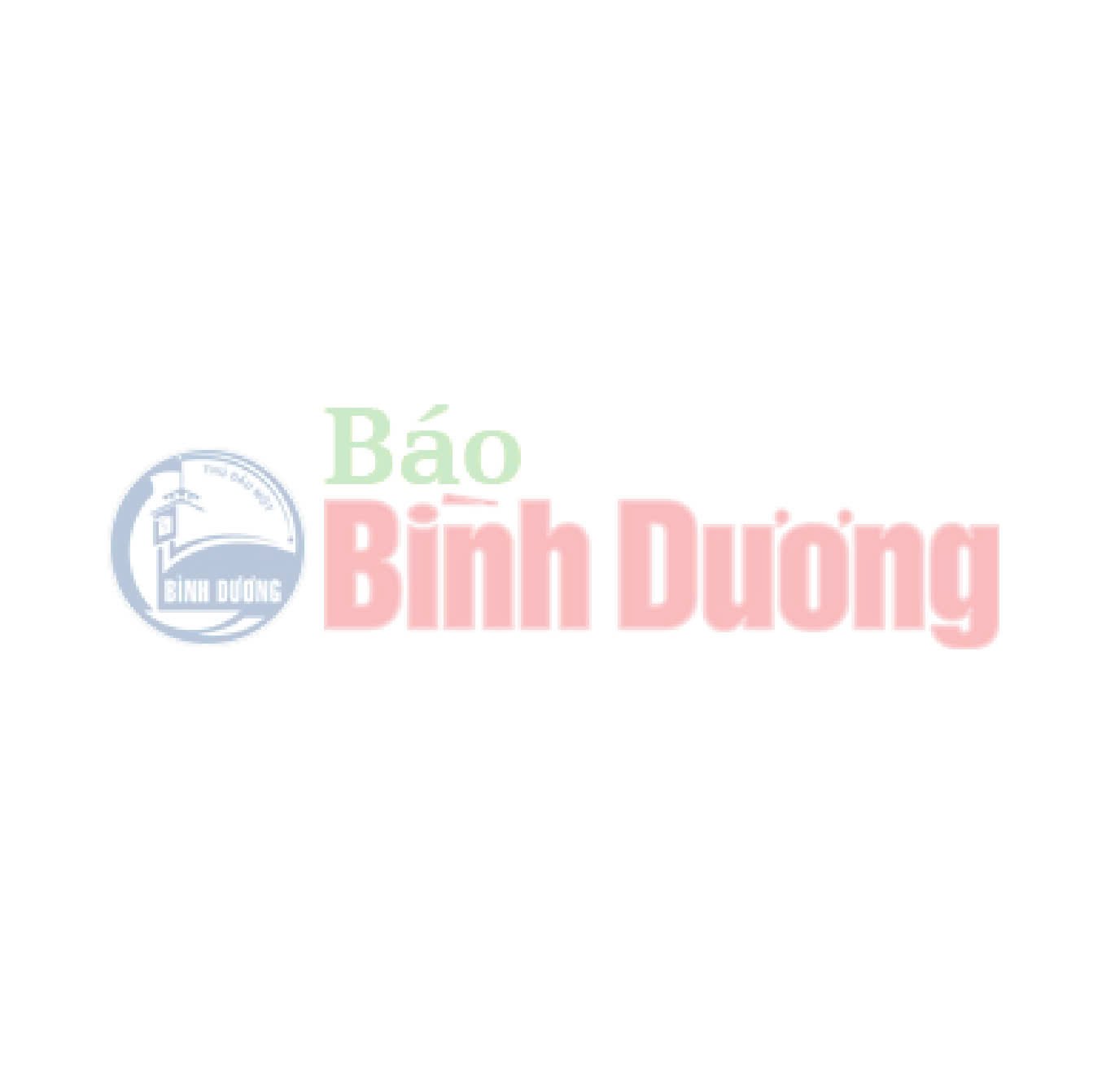


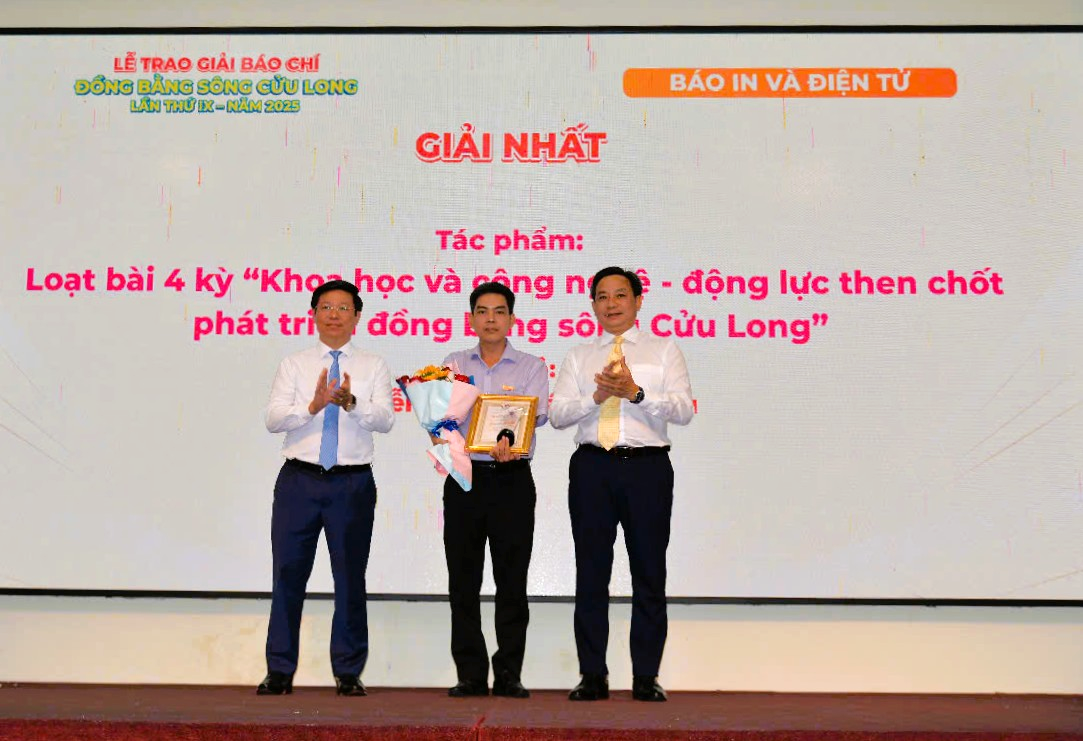
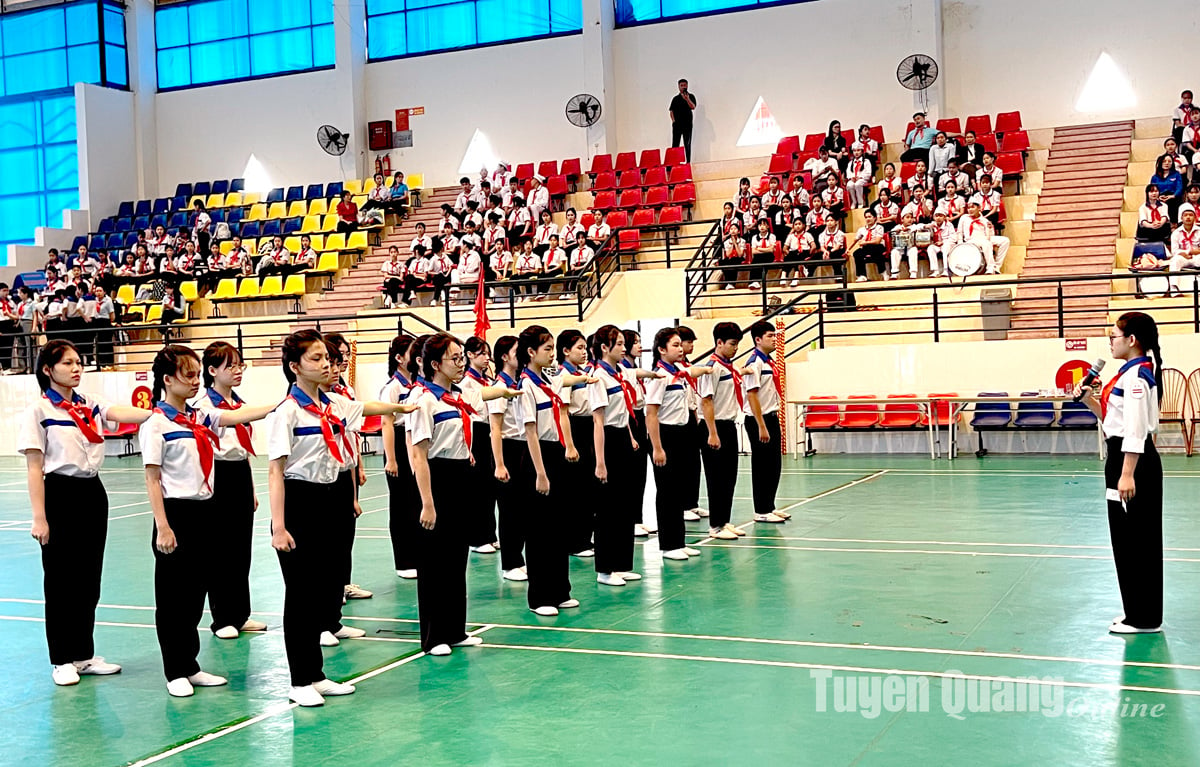

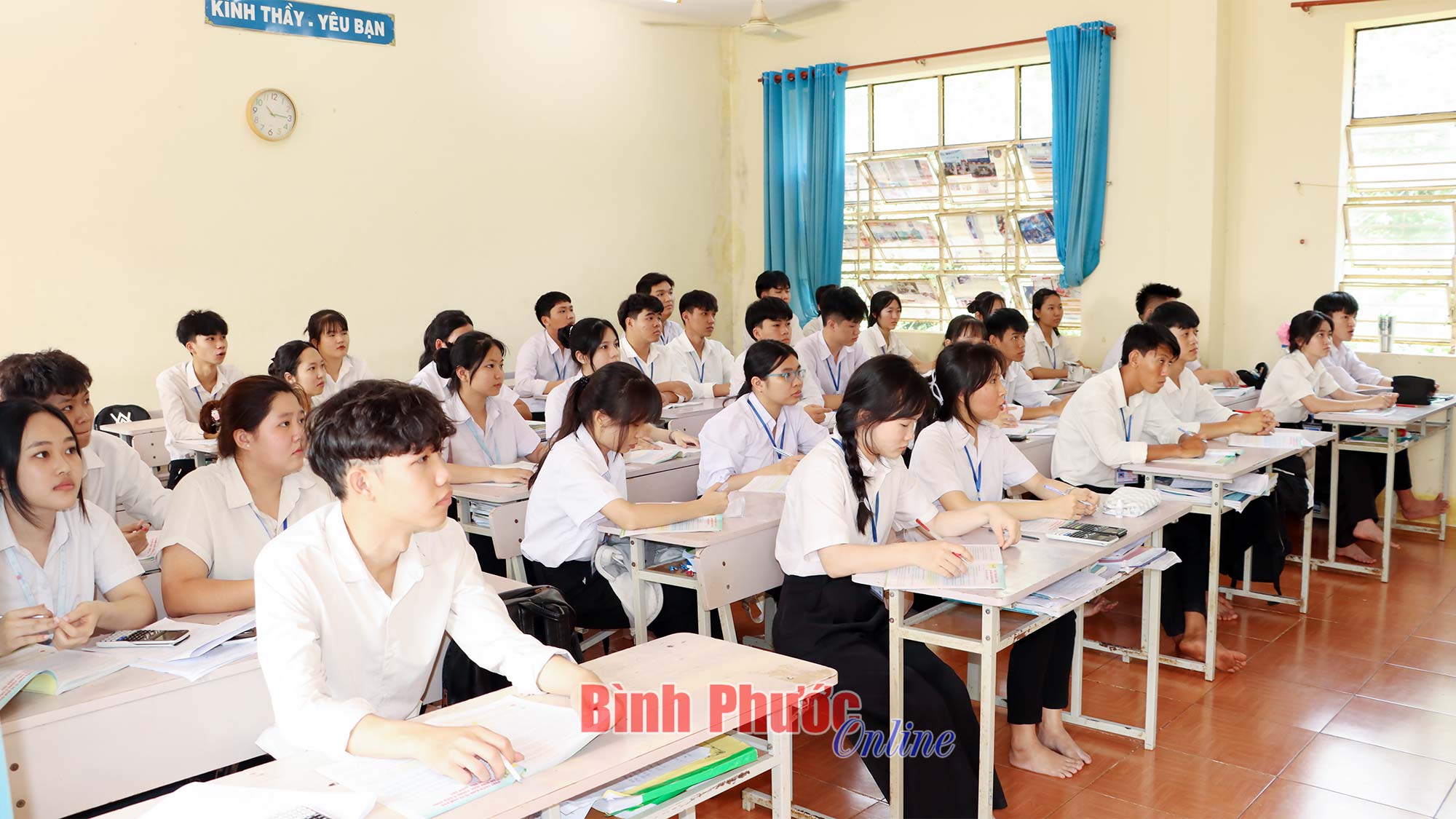

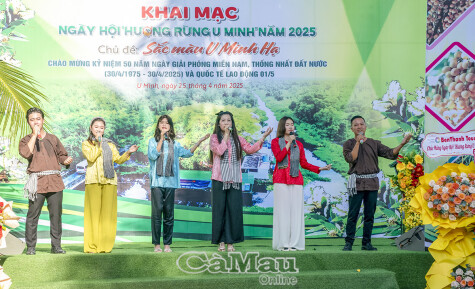

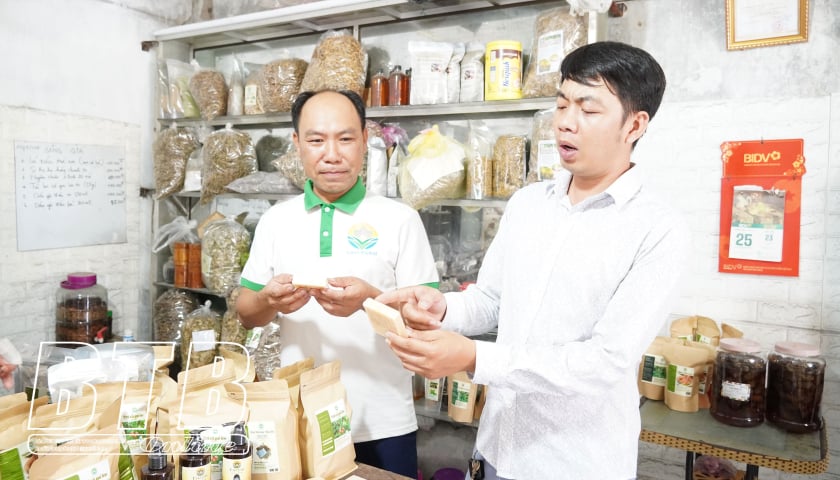



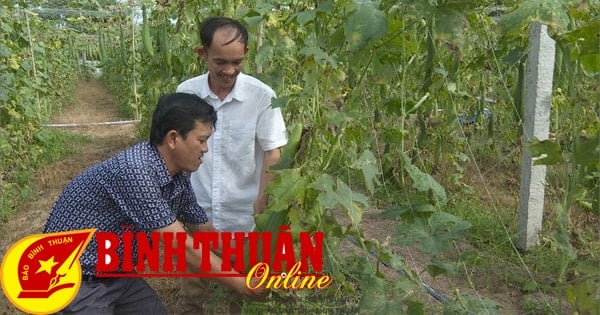

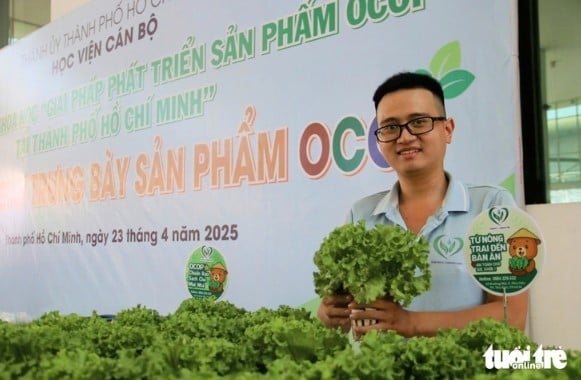
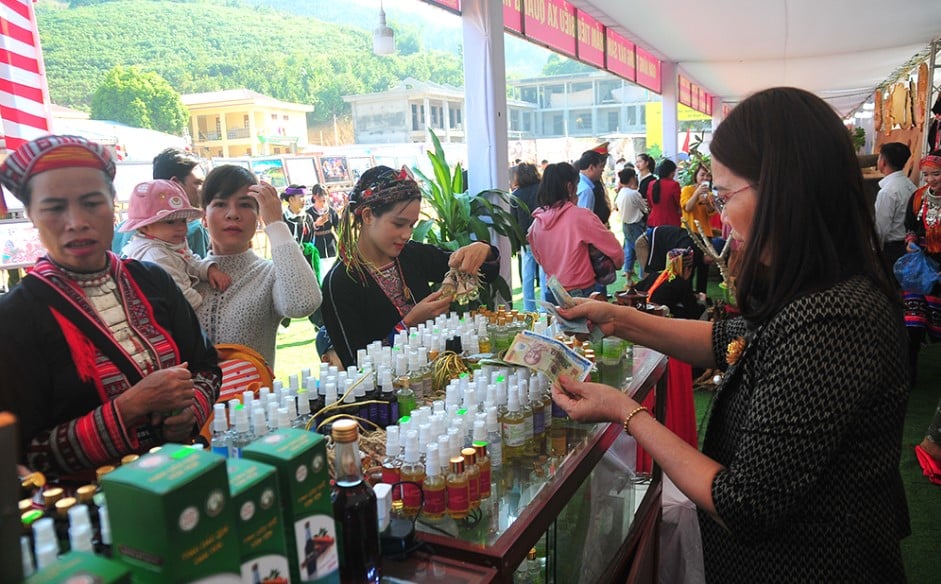

Comment (0)